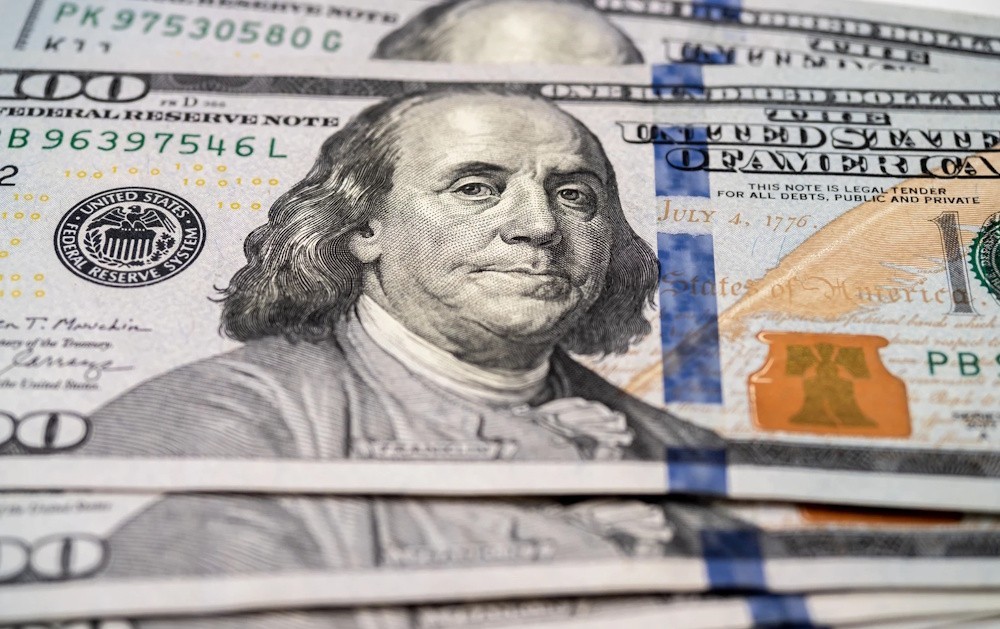
The U.S. dollar experienced a decline against a range of currencies on Wednesday, following remarks from Federal Reserve Chair Jerome Powell that strengthened expectations for a series of interest rate reductions in the upcoming months. The yen and Australian dollar exhibited notable strength as both currencies continued their recovery from significant declines against the US dollar observed last week. Several analysts highlighted a favorable development stemming from Beijing’s choice to establish the official yuan fixing above the significant 7.1 per dollar threshold for the first time since last November.
The risk-sensitive Australian dollar appreciated even in the context of an ongoing tariff dispute between Beijing and Washington. The yen strengthened despite growing uncertainty regarding Japan’s next premier, indicated that a parliamentary vote scheduled for next Tuesday could be postponed due to ongoing political disputes. The dollar index, which gauges the U.S. currency relative to six significant counterparts, decreased by 0.2% to 98.844 as of 0536, continuing a 0.2% drop from the previous session. During a speech on Tuesday, Powell indicated the possibility of rate cuts, noting that the U.S. labor market continues to be stuck in a phase of low hiring and low firing. The absence of official economic data resulting from the government shutdown has not hindered policymakers’ ability to evaluate the economic outlook, at least for the time being.
Current market expectations indicate a quarter-point cut at the Fed meeting scheduled for October 28-29, with an additional cut anticipated in December. Furthermore, projections suggest three more cuts may occur next year, as per LSEG data. “At this juncture, the market is effectively operating in a ‘Goldilocks’ scenario,” stated analysts, noting that risk assets are bolstered by a robust economy coupled with accommodative monetary conditions. “Current trade tensions, the ongoing government shutdown, and concerns regarding inflation … are all being temporarily overlooked.” U.S. Trade Representative Jamieson Greer alleviated concerns that a meeting between President Donald Trump and Chinese leader Xi Jinping is still on the agenda. The dollar decreased by 0.4% to 151.23 yen, having previously fallen to 151.005 yen. The value decreased by 0.2% to 7.1284 yuan in offshore trading. The Australian dollar increased by 0.4% to $0.6514, following a decline of 0.5% the previous day, when it reached its lowest point since August 22 at $0.64405.
Nonetheless, the New Zealand dollar experienced a slight increase of 0.1%, reaching $0.5718, following a decline to a six-month low of $0.56839 on Tuesday. On Wednesday, Paul Conway that policymakers remain receptive to additional rate cuts if deemed necessary, subsequent to a significant reduction last week. The euro increased by 0.1% to $1.1621 following a 0.3% rise in the prior session, bolstered by the French government’s initiative to halt significant pension reforms. Sterling appreciated by 0.3% to $1.3355, recovering from the losses observed on Tuesday, when official data indicated a slowdown in wage growth.
